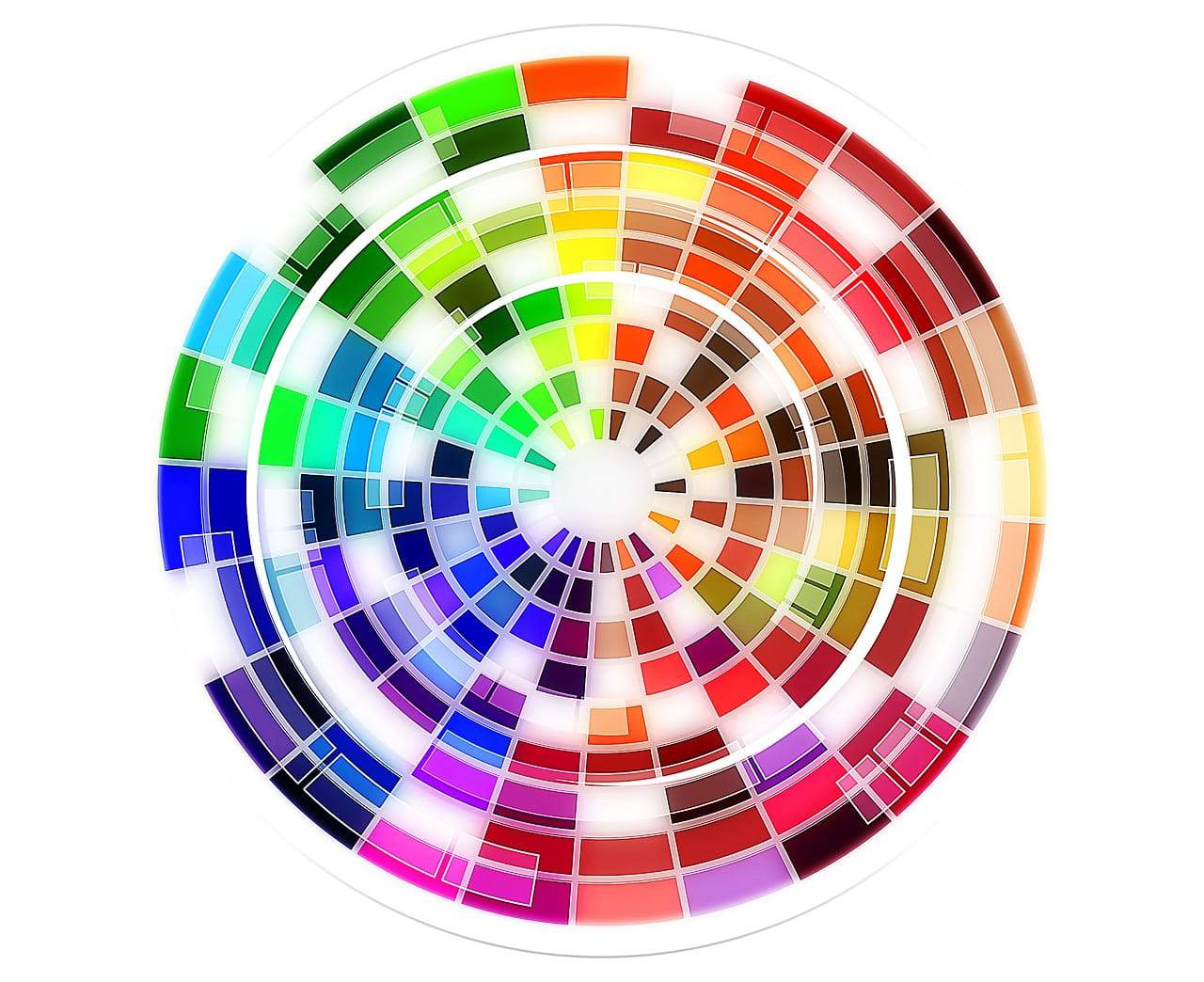The Role of Color Theory in Effective Web Design

Image: Pixaby
To be efficient in web design, you need to understand color theory. Colors are not only important because they improve the visual aspect of the website, but they also affect customers on a subconscious level. Once you learn how to utilize the role of color theory in effective web design, you will be able to get the right message across and engage with your audience.
What is color theory?
The color theory includes all important rules that define the proper use of colors. This is a very wide topic, but the essential parts of color theory are:
- Color schemes
- The psychological aspect
These two segments include every bit of color theory. Let’s learn more about them and understand how to properly utilize colors in web design.
Color schemes
All of the colors sit on a color wheel. It is the representation of all different shades of colors. Whatever project you have, you will need to utilize the color wheel to create a color scheme. There are four main color schemes you should learn how to use:
- Monochromatic scheme
- Analogous color scheme
- Complementary color scheme
- Triadic color scheme
Even though they all use the same colors, the difference is in combining them to create a specific effect.
For example, for monochromatic colors, the idea is to use a base color and then make it brighter or darker using tints and shades. While this can be an interesting system, it is not the most suitable for the web because it does not create contrast.
We can say the same for analogous colors. They are located one next to another on the color scheme, and good use of analogous colors is to show transitions.
Complementary and triadic color schemes make more sense for web design. With complementary schemes, the colors sit on opposite sides of the color wheel. When it comes to a triadic scheme consists of a mix of 3 colors equally separated on the color wheel.
Color psychology
When we talk about color theory in effective web design and the entire aspect of color psychology, there are a few different perspectives to observe. First, let’s talk about the impact of colors on your customers.
Customer angle
Colors directly connect with our emotions. That is why you can use them in specific situations, especially to convey an emotion or a message.
It is also important to consider the tone of colors. It can be warm, cold, or neutral. So, if you wish to convey a happy emotion, you will go with a warm color. But, if you need a more serious tone, you might decide on a cold or neutral color. Let’s talk a bit more about different colors and what they represent.
Red, orange, and yellow
These are warm colors that have a very strong impact on the customer. For example, red is often associated with blood, and on many signs, it represents the color of danger. However, it is also a symbol of passion and love.
On the other hand, orange is a very happy and powerful color. It is a symbol of youth, energy, confidence, and enthusiasm. But, in some cases, it can also represent ignorance or instability.
The yellow color comes from a place of creativity and energy. It can give your design a fresh and vibrant feel, but only if you use it correctly. It is also important to know that yellow has a strong connection with cowardice, and we can also associate it with warning signs.
Green, blue, and purple
Green, blue, and purple are generally cold colors, giving off a completely different feel from red, yellow, and orange. Green is the color of nature, money, jealousy, and envy—four quite different elements.
Blue conveys trust and intelligence. It creates a calming atmosphere, and it even has roots in religion and faith.
Purple is the color of royalty, high status, and luxury. It also has a strong connection with wisdom.
These three colors have a very calming effect that invokes trust. However, it is important to use them smartly so you don’t send the wrong message. Just like with warm colors, it is crucial to understand the purpose of these tones.
Black, white, gray
The last section belongs to neutral colors. Black is a very powerful color that can work with any other color. It also has many different meanings, like power, class, or formality. But it also represents death and has a strong connection with the concept of evil.
White is the color of purity, goodness, and innocence. It can also work very well with any other color and creates a contrast to the black.
Grey represents stability, balance, reliability, and intelligence. But, depending on its tone, it can also appear dull, sad, and gloomy.
Colors in other cultures
Another important aspect to consider is how colors are treated in different cultures. This is a very crucial angle because it can send the wrong message. For example, while white usually represents good and innocence, in Asian culture, it is the color of death.
When we look at black, in many cultures, it has a negative connotation. However, in Africa, it is a sign of masculinity and maturity.
If you want to succeed as a web designer, Movers Development suggests you strongly consider your client’s background, culture, and location. Your project can go very wrong if you make a bad decision and use the wrong color.
Consider how other businesses use colors
The final piece of advice is also to consider what colors your clients’ competitors use. The worst thing you can do is unintentionally use the same pattern. That can send the message that you are trying to copy someone else’s work, which will not be perceived in the best way. It is important to be unique in your design.
The role of color theory in effective web design – explained!
Color theory in effective web design decides a lot of things. Always be mindful of the meaning and use of colors. They should serve a specific purpose. Furthermore, the combination of colors should have enough contrast to attract attention but should also be pleasant to look at. Colors can make or break your website, so be mindful of how you use them.
